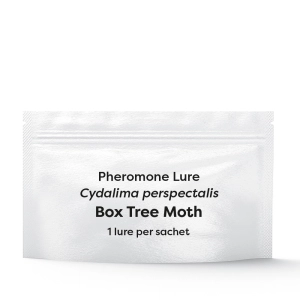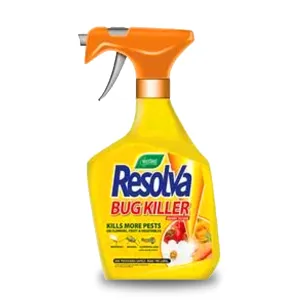What Are Caterpillars?
Caterpillars are the larval stages of moths and butterflies. They belong to the lepidoptera family. They have a segmented body with three pairs of true legs and can have several pairs of prolegs (little legs that aren’t proper legs) There are hundreds of different types of caterpillars from all different mothsand butterflies – silver Y moth, tortrix moth and white cabbage are some examples.
Moths and butterflies will lay eggs usually on the underside of the leaves but some varieties will lay just behind a bud or the bark. The egg will hatch into a larvae/ caterpillar. The larvae will eventually pupate and overwinter either on the plant or in the soil. These will then hatch out to be the next generation of butterflies or moths.
What Do They Do?
They have biting mouthparts and will attack all parts of the plant – leaves, stems and even roots. The damage on leaves can range from a small hole to complete defoliation. Some caterpillars can create a webbing in which to hide underneath and this can in turn roll the leaves in order to protect themselves. Another thing to look for is small brown/green frass (excrement for the caterpillar)
Identification:
Caterpillars come in many different colours and sizes, some can even be hairy. Caterpillars have 6 legs but move in a wave like motion
Control:
The main methods of control are aimed at the larval stage of the lifecycle (the actual caterpillars) but the winged adults are a great way to monitor activity. Pheremone traps are used to trap the adults by luring them in. This gives an indication that they are likely to be laying eggs soon and it is a good time to be controlling them.
We recommend first luring the adults using a Caterpillar/Moth Trap to monitor the extent of the problem. We then advise using a specialist pesticide such as Sven or Decis Protech.
For more information on controlling caterpillars, please get in touch with our sales team on 01522 246491.










